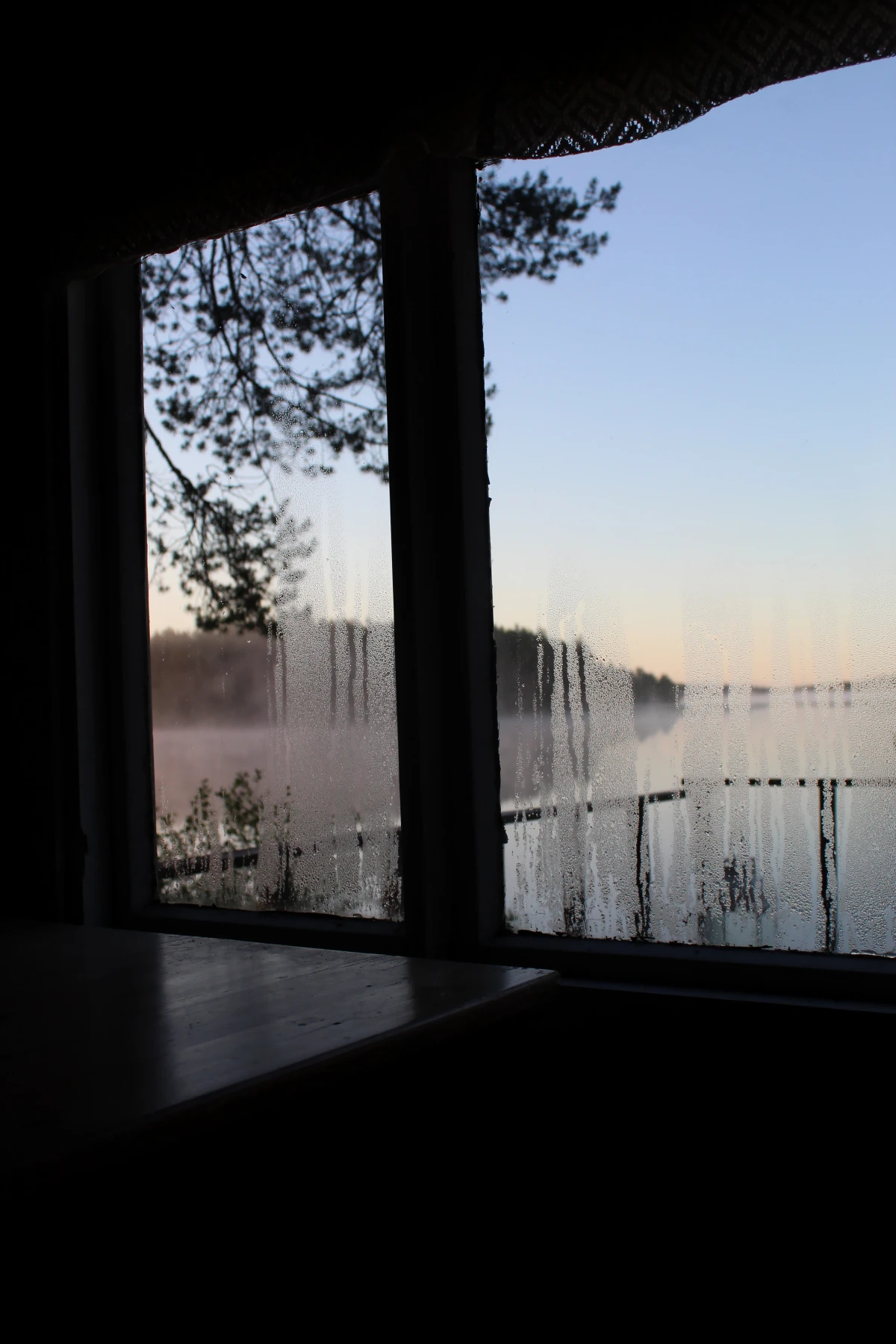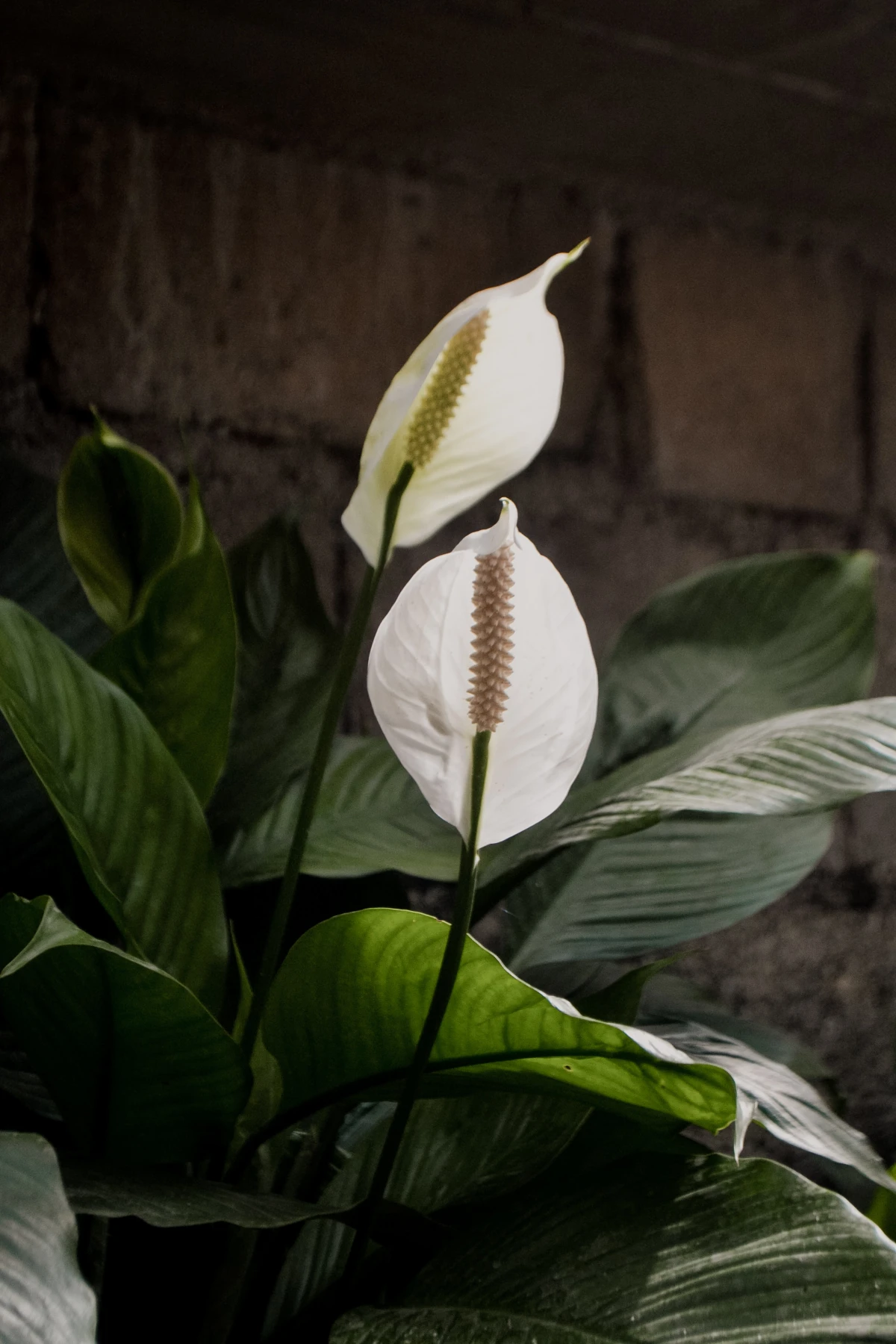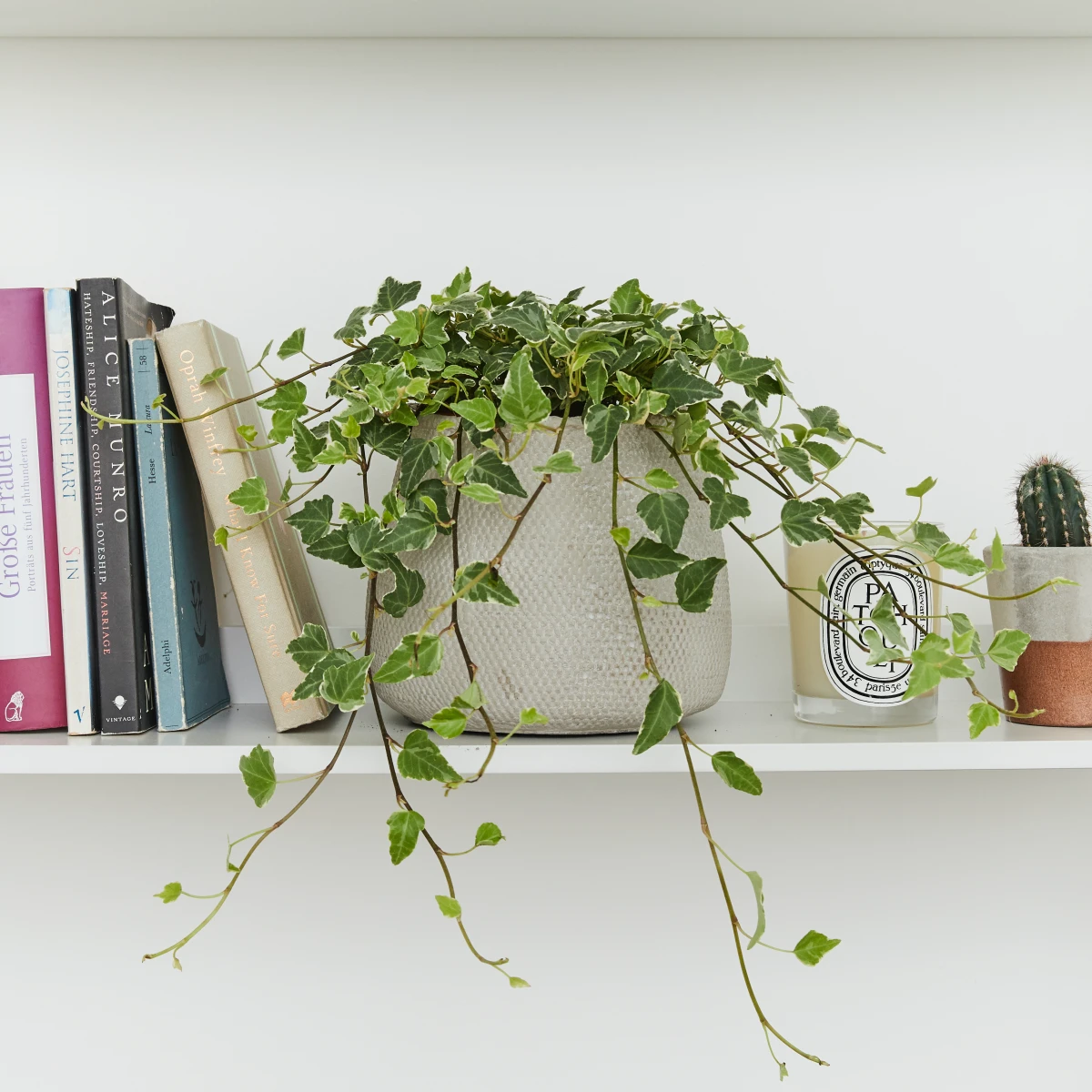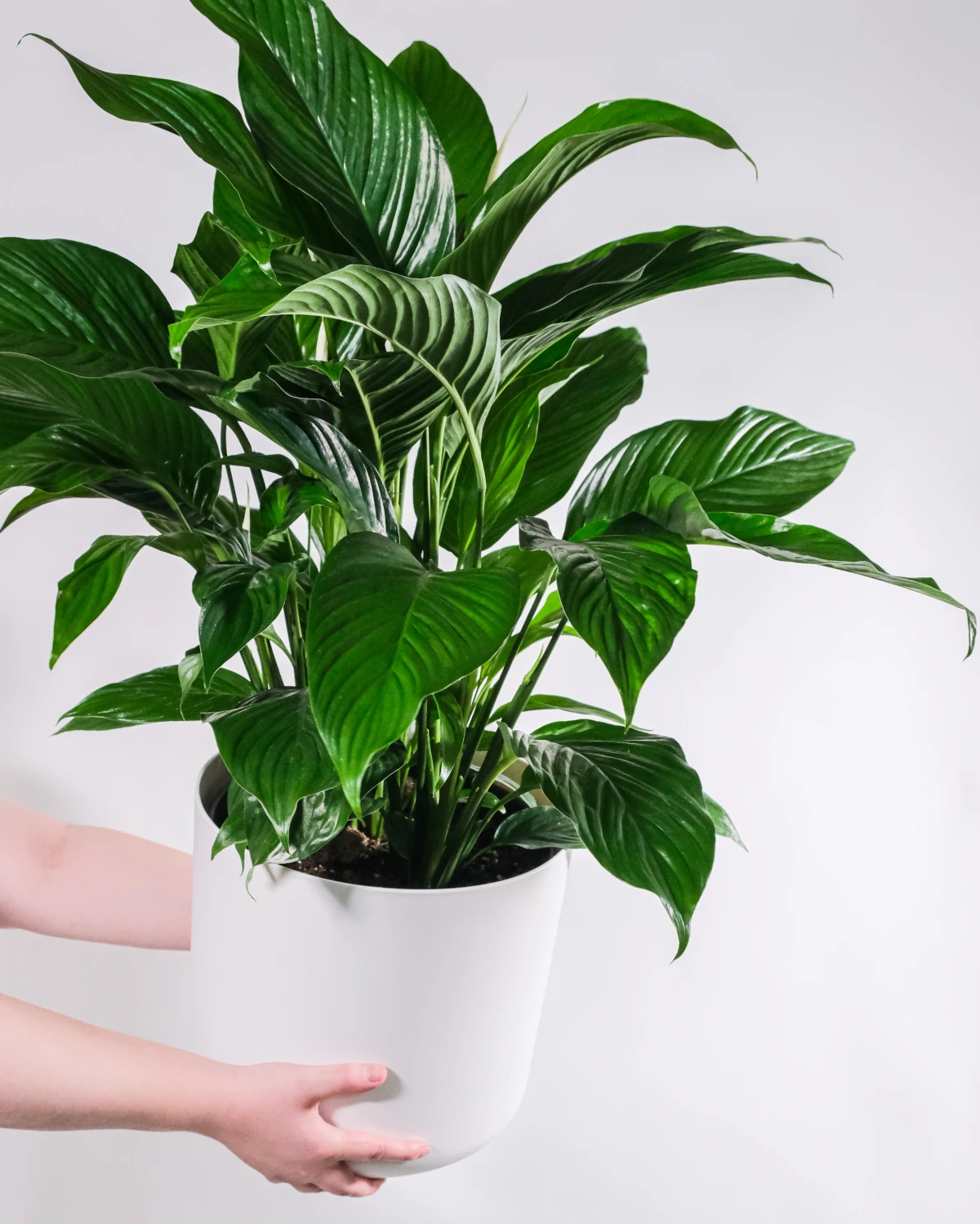Your House Feels Like a Sauna? These Plants Can Actually Help
I’ve spent a lot of my career in greenhouses and helping people with their home jungles, and let me tell you, I’ve seen my share of humidity nightmares. You know the feeling—you walk into a room and the air just feels… heavy. The windows have that constant film of condensation, and there’s a faint musty smell you can’t quite shake. It’s frustrating, and honestly, a little worrying when you think about mold.
In this article
While a big, noisy dehumidifier is one option, a lot of folks want a more natural, living solution. This is where I get really excited, because plants can be incredible partners in balancing your home’s environment. Now, let’s be real: they aren’t a magic wand for a major leak. But for taming that everyday stuffiness? They’re a game-changer.
Why Your House Gets So Steamy (And Why It Matters)
High indoor humidity is more than just uncomfortable; it’s a welcome mat for mold and mildew, which can mess with both your house and your health. The sweet spot for home humidity is generally between 40% and 60%. When it starts creeping above that, you get that sticky, clammy feeling. It’s super common in bathrooms, kitchens, and laundry rooms, but also in older homes with funky ventilation or just in places that get a lot of rain.

A good dehumidifier is your best bet for a serious issue, but for day-to-day management, certain houseplants can absolutely help pull their weight. They work silently, clean the air, and look great doing it.
How Plants Really Deal with Humidity (It’s Not Magic)
So, a lot of people think plants just kind of suck moisture out of the air through their leaves. The real story is a bit cooler than that, and knowing it helps you pick the right plants. The main process is called transpiration, where plants pull water up from their roots and release it as vapor through their leaves. Sounds like it adds humidity, right? And sometimes it does.
But the real heroes for this job are a special group of plants called epiphytes. These are the guys that naturally grow on other things, like tree branches in a rainforest, instead of in the ground. Their roots are often right out in the open, and they’ve evolved to grab moisture directly from the humid air around them. It’s how they drink! So when you bring one into your home, it’s just doing what it’s built to do: pull moisture from the air to survive.

My Go-To Plants for Taming a Humid Room
After years of trial and error, I’ve landed on a few reliable favorites that work wonders in real homes. I tend to think of them in two groups: the heavy lifters and the happy balancers.
The Heavy Lifters: True Humidity Sponges
These are my first recommendation for anyone serious about this. Their biology is literally designed for the job.
Boston Fern
The Boston Fern is a classic for a reason. All those lush, feathery fronds aren’t just for looks; they create a huge amount of surface area for grabbing moisture from the air. To see a real impact, you’ll want a decent-sized one. That little 4-inch pot is a cute start, but an 8- or 10-inch hanging basket is where you’ll notice a difference. I once put a big one in a client’s laundry room, and it almost completely stopped the condensation on the window. It’s that effective.

- Pro Care Tip: These guys are thirsty. The soil should be consistently moist, but never a swamp. I like a mix of potting soil, peat moss, and perlite to keep things balanced. They love bright, indirect light, so near an east-facing window is perfect.
- Cost & Where to Find: Expect to pay between $20 and $50 for a nice, full fern in a hanging basket at places like Home Depot, Lowe’s, or your local garden center.
Orchids
Orchids look delicate, but they are surprisingly tough little workers. As epiphytes, those thick, silvery-green roots you see are masters at pulling moisture right out of the air. They’re fantastic for a steamy bathroom where they get the humidity and filtered light they crave.
- Pro Care Tip: Whatever you do, DO NOT plant an orchid in regular potting soil. Their roots need air and will rot. Get a special orchid mix (mostly bark chips) from any garden store. I tell everyone to just soak the pot in a bowl of lukewarm water for 15 minutes once a week, then let it drain completely.
- Heads up! A super common mistake is letting an orchid sit in a decorative pot with water at the bottom. It’s a guaranteed death sentence from root rot. Always dump out any excess water.
Air Plants (Tillandsia)
These are maybe the easiest humidity-fighters of all. Air plants don’t need any soil—they absorb everything they need right through their leaves. This makes them amazing at grabbing ambient moisture. You can tuck them into glass globes, mount them on driftwood… they’re really fun to display.

- Pro Care Tip: Even though they live on air, they still need a good drink in most homes. I give mine a 20-minute soak in a bowl of water every week or two. Afterward, give them a gentle shake and let them dry upside down to prevent water from getting trapped in their base and causing rot.
The Balancers: Thriving in the Tropics (of Your Home)
These plants are from the rainforest floor, so they’re used to dappled light and constantly humid air. They help by thriving in the very conditions you want to reduce, contributing to a more stable environment.
Peace Lily
With its big, glossy green leaves, the Peace Lily is a beautiful and popular choice. It’s a champ at processing the air and loves the high humidity you’re trying to combat. It’s also very communicative—it will droop dramatically when it’s thirsty, taking all the guesswork out of watering.

- CRITICAL SAFETY WARNING: I cannot stress this enough—Peace Lilies are toxic to cats and dogs if ingested. They cause painful irritation and swelling. If you have pets or small kids, this is not the plant for your home. It’s just not worth the risk.
The SAFER Alternative: Spider Plant
Okay, so some guides mention English Ivy, but honestly, I don’t recommend it. It’s toxic to pets and is an invasive species if it ever gets outside. A much, much better choice is the Spider Plant. It’s completely pet-safe, incredibly easy to grow, and an absolute workhorse when it comes to improving air quality.
- Why it’s great: It has a lovely arching shape, thrives in a variety of light conditions, and is very forgiving if you forget to water it now and then. Plus, it produces little “spiderettes” or baby plants that you can easily pot up and share!
- Pro Care Tip: It likes its soil to dry out a bit between waterings and prefers bright, indirect light, but it’ll tolerate lower light just fine. It’s the perfect beginner plant. You can find them for as little as $10-$20 at most nurseries.

How to Get the Best Results
Just buying the plants is step one. To really make a difference, you need to be a little strategic.
Placement is Everything
Put the plants where the problem is worst: bathrooms, kitchens, and laundry rooms. Grouping several plants together also helps. They create their own little microclimate, which keeps them healthier and makes them more effective as a team. The question I always get is, “How many do I need?” For a standard bathroom, I’d say start with two or three medium-sized plants, like a Boston Fern and a couple of Spider Plants, to really feel a difference.
The Right Pot and Soil
Proper drainage is non-negotiable, especially when the air is already damp. ALWAYS use a pot with a drainage hole. For most of these tropicals, a good DIY soil mix is about 40% potting soil, 30% perlite (for air), 20% orchid bark (for structure), and 10% horticultural charcoal (to keep things fresh). You can find potting soil and perlite anywhere, but you might need to check a specialty garden store or look online for the charcoal. It’s worth it.

Watering in a Humid House
Don’t assume a humidity-loving plant wants soggy feet—most hate it! The best tool is your finger. Stick it two inches into the soil. If it’s dry, water thoroughly until it runs out the bottom. If it’s still moist, wait. You’ll probably water less often than you think.
Oh, and here’s a quick win: Go check your existing plants right now. Is any one of them sitting in a saucer full of water? Dump it out. You just saved that plant from root rot. That’s your first step to being a better plant parent!
Quick Tip: Buy a Hygrometer
To stop guessing, spend $15 on a digital hygrometer. You can get one on Amazon or at any hardware store. It gives you real-time data on your home’s humidity, so you can actually see the impact your new plant friends are having. It’s a small investment that makes a huge difference in understanding your space.

A Word of Warning: Know the Limits
And now for some real talk. Plants are for managing and balancing your environment. They are NOT a cure for a serious structural problem. If you see black mold spreading on your walls, a musty smell that never leaves, or peeling paint, don’t just go buy another fern.
Those are signs of a bigger issue, like a leak or major ventilation failure. Your first call should be to a professional who can find and fix the source. Once that’s handled, your plants will be the perfect partners for maintaining a healthy, balanced home for the long haul.
Inspirational Gallery
My air plants are in a steamy bathroom. Do I still need to water them?
Yes! While they adore the high humidity, it’s not enough to fully hydrate them. Think of the bathroom steam as a refreshing drink between meals. Your Tillandsia (air plants) still need a proper “meal”—a good 20-30 minute soak in room-temperature water every one to two weeks—to thoroughly wet their specialized leaves and keep them from drying out from the inside.
Terracotta Pots: These classic clay pots are porous, meaning they breathe and allow soil to dry out quickly. This is a huge plus for epiphytes like orchids or hoyas, as it helps prevent the dreaded root rot they’re so susceptible to.
Glazed Ceramic or Plastic Pots: These non-porous containers retain moisture much longer. While stylish, they can be risky for humidity-loving plants unless you have a very chunky, airy potting mix and are careful not to overwater.
For beginners, terracotta is often the safer, more forgiving choice.
A study by the University of Exeter found that employees were 15% more productive when workplaces were filled with just a few houseplants.
While the study focused on productivity, the underlying principle is biophilia—our innate connection to nature. Bringing these green, humidity-busting plants into your home doesn’t just improve the physical air quality; it can measurably boost mood and reduce stress, turning a stuffy room into a calming sanctuary.
Don’t underestimate the power of the Boston Fern. Yes, it’s a classic, but for good reason. Its lush, feathery fronds are masters at absorbing ambient moisture, and it thrives in the lower light and high humidity common in north-facing bathrooms. To make it a true statement piece, give it room to arch. A hanging basket or a high plant stand lets its graceful foliage cascade freely, creating a stunning living canopy.
- Creates a stunning, soil-free living sculpture.
- Allows roots to breathe, perfectly mimicking their natural environment.
- Provides excellent moisture regulation for sensitive plants.
The secret? Crafting a Kokedama, or Japanese moss ball. It’s a beautiful way to display humidity-loving plants like Bird’s Nest Ferns or certain orchids. Simply wrap the root ball in a mix of peat and akadama soil, cover with sheet moss, and bind it with twine for a unique, hanging piece of art.
A common mistake: Using standard potting soil for your humidity-loving epiphytes. Most of these plants, especially orchids and bromeliads, grow on trees in the wild, not in dense soil. A heavy, water-retentive mix will suffocate their roots. Opt for a specialty orchid mix from a brand like Espoma or Miracle-Gro, which is composed of chunky bark, charcoal, and perlite to ensure the excellent airflow these plants need to thrive.
The next time you take a hot shower, bring your ferns, calatheas, or orchids into the bathroom with you. This little ritual, often called a “plant shower,” envelops them in a warm, steam-filled cloud that cleans dust from their leaves and provides a deep dose of humidity, much like a tropical rainstorm. It’s a 10-minute spa treatment that will leave them looking vibrant and refreshed.
The Peace Lily (Spathiphyllum) is one of the few plants that will physically droop to let you know it’s thirsty, and then perk back up within hours of watering.
This dramatic trait makes it a fantastic beginner plant for humid spaces. It not only absorbs moisture through its large leaves but also provides a clear, unmissable signal for its care needs, taking the guesswork out of watering.
Think beyond the obvious. While the bathroom is a prime spot for these plants, your steamy laundry room is another perfect home. The humidity from the washer and dryer creates an ideal microclimate for a thirsty Calathea or a delicate Maidenhair Fern. Placing one on a shelf nearby can help absorb some of that excess moisture while adding a touch of life to a purely functional space.
- Spider Plant (Chlorophytum comosum)
- English Ivy (Hedera helix)
- Peace Lily (Spathiphyllum)
- Reed Palm (Chamaedorea seifrizii)
What do these plants have in common? They are all humidity-lovers that were also featured in NASA’s famous Clean Air Study for their ability to filter common indoor air pollutants like formaldehyde and benzene. They pull double duty, tackling both moisture and toxins.










